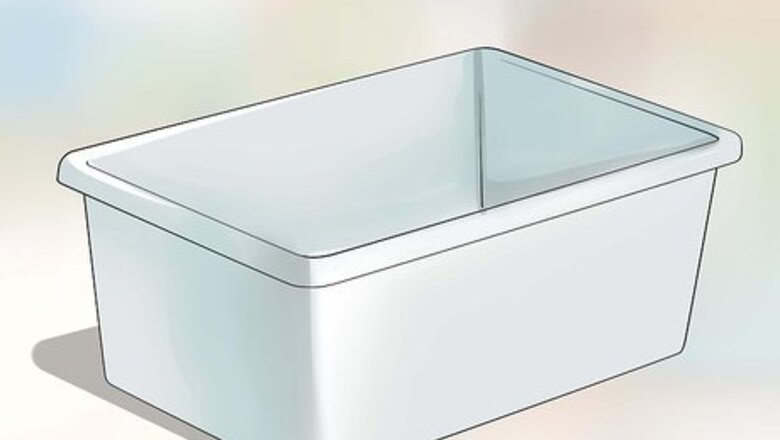
views
Filling the Tub
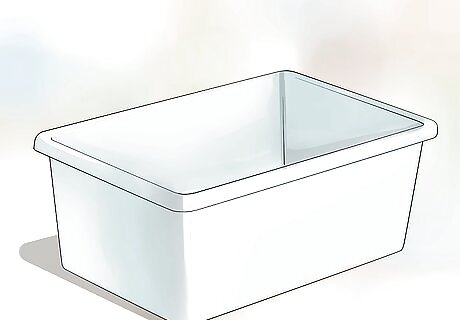
Choose your bath spot. Don’t use a sink or bathtub that’s shared with people, because bearded dragons will often defecate in the bath, and they can carry salmonella. Instead, try a container such as a kiddie pool or plastic bin. For a baby or juvenile bearded dragon, consider using a smaller container.
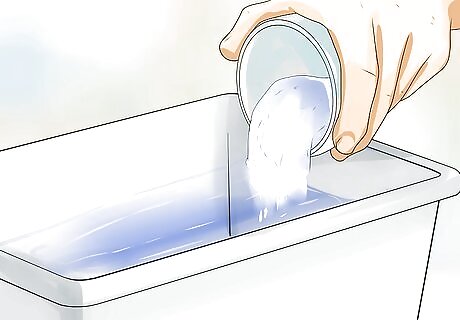
Fill the bath with water. Use lukewarm water that’s between 85 and 100 F (29.4 and 37.7 C). Water that’s too hot could burn your dragon, but because he is cold blooded and relies on his surroundings for warmth, a bath that’s too cold could also cause your dragon’s body to shut down. Fill the tub with one to three inches of water. Make sure the water is no deeper than his shoulder joints (where the limbs meet the body) to prevent drowning. For babies and juveniles, use only one-half to one inch of water.
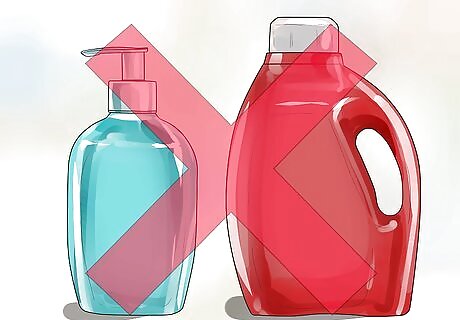
Avoid cleaning agents. Bath time for a bearded dragon is more like a swim, and you shouldn’t try to use any soaps or detergents to clean your dragon. You don’t need to use anything really the water in the tub often cleans the lizard itself. It is unnecessary, and soap could damage his skin. Also, bearded dragons will often drink when they are bathing, and you don’t want him drinking soap. Never put your bearded dragon into chlorinated water.
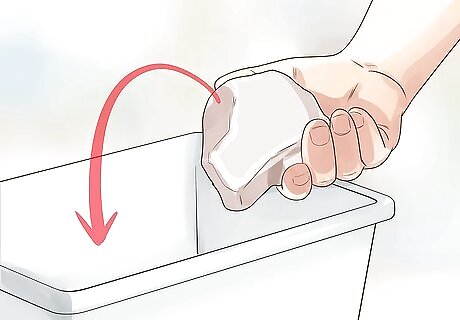
Provide something to climb onto. Bearded dragons aren’t the strongest of swimmers and can tire easily. It’s a good idea to put a rock (or something else) in the tub in case he gets tired and wants to get out of the water.
Bathing Your Dragon
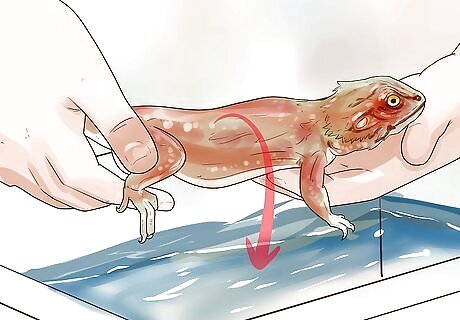
Place your dragon in the water. When the tub is ready and the climbing rock in place, gently put your dragon into the bath. Let him acclimatize to the water. When in the water, bearded dragons may paddle and splash around. In the case that your bearded dragon defecates in the water, remove the feces immediately to avoid a mess. Sometimes bearded dragons will inhale air to puff themselves up so they can float around. They’ll also close their eyes to prevent water from entering. Just be sure to monitor your dragon closely if he’s floating around like this, and don’t let his head go under the water.
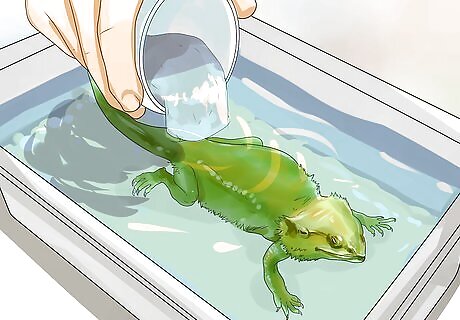
Bathe your dragon. Use a cup to pour bath water over his back and tail, but avoid his head and mouth (you don’t want him aspirating water). Use your hand to splash water under his belly.
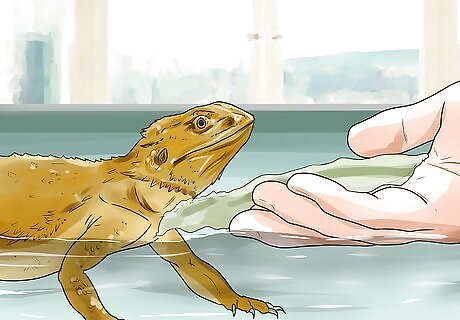
Remove old skin after shedding is complete. If there is any skin left a couple weeks after shedding, use a soft toothbrush or wash cloth to help remove the skin in the bath after he’s been soaking for a while. Don’t brush at old skin if your dragon is currently shedding because you could damage the new skin underneath.

Let your dragon swim for 10 to 30 minutes. This is a good amount of time to let him soak and help moisturize his skin, which is especially important when he’s shedding. If the water starts to get too cold, take some out and add more warm water. Use a thermometer to keep an eye on the temperature. Get your dragon out of the water immediately if he starts struggling or getting tired.
Drying and Warming
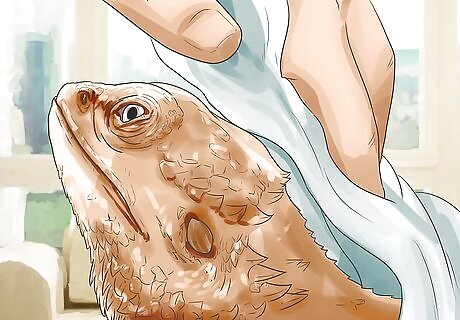
Pat your dragon dry. Remove your dragon from the water and place him on a soft, clean towel. Gently pat him dry. It’s a good idea to keep a special towel just for your dragon.
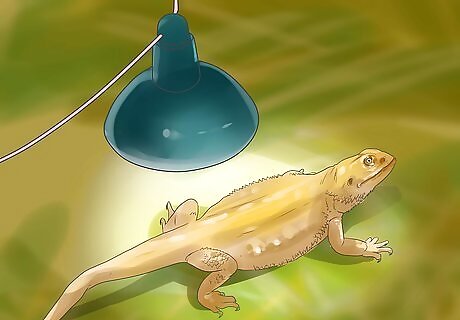
Warm your dragon. Once he’s dry, get him under his basking light. His temperature may have dropped in the bath or during drying, so it’s important that he warm himself.
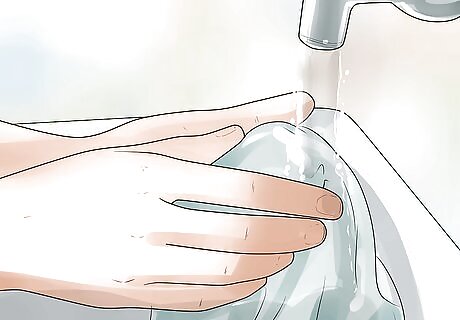
Clean the container. Bathing helps remove old skin and scales, helps with shedding, and can remove bacteria from your dragon’s skin and feet, so it’s extremely important to wash your dragon’s tub out after every bath, especially if he defecated. Wash the tub with a good strong soap and rinse it out well after the bath. Don’t forget to wash any towels or cloths that you used to clean and dry your dragon.



















Comments
0 comment